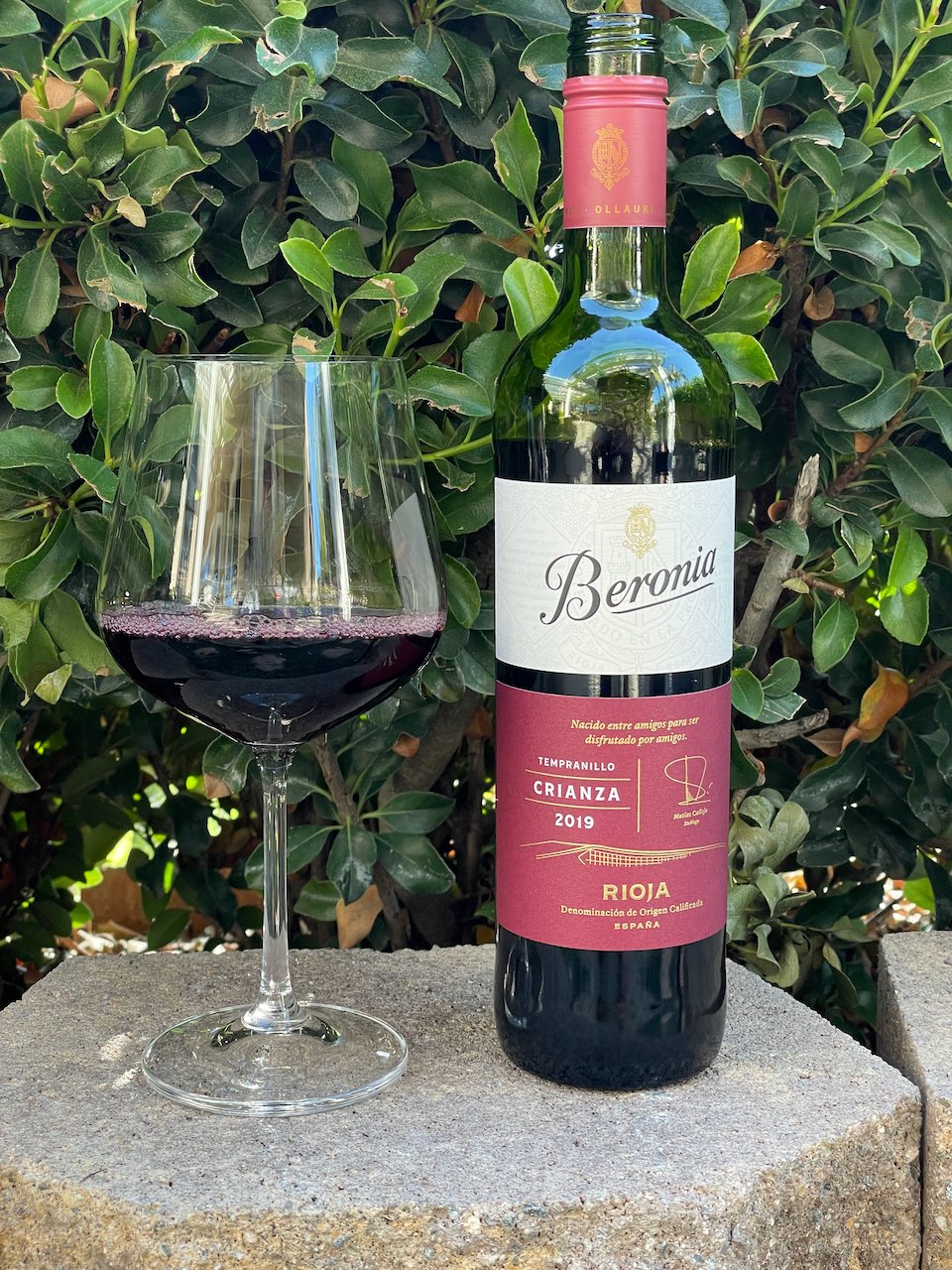2021 Virgen Natural Red Blend ($13)
Domaine Bousquet is a family-owned winery in Mendoza, Argentina that is nestled in the mountain community of Tupungato. Their wine is organic and vegan. From the vine to the processing of the grapes to their focus on biodiversity and permaculture, their wine sets the standard for elegant, sustainable organic wine that is perfect for a gathering with friends or a quiet evening at sunset.
Domaine Bousquet “Virgen” wines are pure, not only made from organic fruit but has no sulfites added, thereby qualifying for fully organic USDA certification.
This Virgen Natural Red Blend is produced from 35% Malbec, 35% Cabernet Sauvignon and 30% Cabernet Franc. It undergoes cold maceration for 48 hours and fermentation for 10 days with indigenous and selected yeasts. It sees no oak aging.
This wine is deep purple in color with medium aromas of dark fruit and some peppery notes. On the palate, this dry wine has nice red and black fruit flavors including tart cherry along with medium tannin and acidity.
This is a tasty wine at a great price that fits right in as this week’s Behind the Cork™ Wine of the Week. Cheers!
Alcohol: 14%, Acidity-pH: 5.62/3.68, Residual Sugar: 1.84 gm/L
Sample Provided by Domaine Bousquet (via Creative Palate Communications)






